Disclosure: This article contains affiliate links. We may earn a commission from purchases at no extra cost to you, which helps our travel content.
As an engineer who's spent years analyzing the structural integrity of stadiums across Europe, I've developed a habit of looking at cities as intricate systems of design and function. Montpelier, Vermont's pint-sized capital, operates like a perfectly calibrated machine where history serves as both foundation and fuel. With just 8,000 residents, it's America's smallest state capital, but what it lacks in size, it makes up for in historical density. This past weekend, I traded stadium blueprints for historical maps and discovered that beneath Montpelier's quaint New England facade lies a complex network of historical sites that most visitors completely overlook.
The Engineering Marvel of the Vermont State House
Most visitors photograph the iconic gold dome of the Vermont State House and move on, but as someone who analyzes structural systems for a living, I was determined to understand this building on a deeper level. The current State House (the third iteration) was built in 1859, and its Greek Revival design isn't just aesthetically pleasing—it's a remarkable feat of 19th-century engineering.
The dome itself deserves special attention. Originally wooden and covered with copper, it was later gilded with real gold leaf that's periodically replaced—most recently in 2018 when workers applied over 60,000 sheets of 23.75 karat gold leaf by hand. I spent nearly an hour examining how the dome's support structure distributes weight through the building's core.
The House chamber features a ceiling that spans 75 feet without central supports—an impressive achievement for 1850s construction techniques. The ceiling's unique curved design acts as a natural amplification system, allowing speakers to be heard clearly without electronic assistance. It's essentially a perfectly tuned acoustic instrument built into the architecture.
For the best experience, I recommend bringing a good pair of compact binoculars to examine the ceiling details and the portraits that hang high on the walls. The free guided tours are informative, but I found arriving 30 minutes early and exploring the public areas independently gave me time to appreciate the engineering details that tour guides often skip.
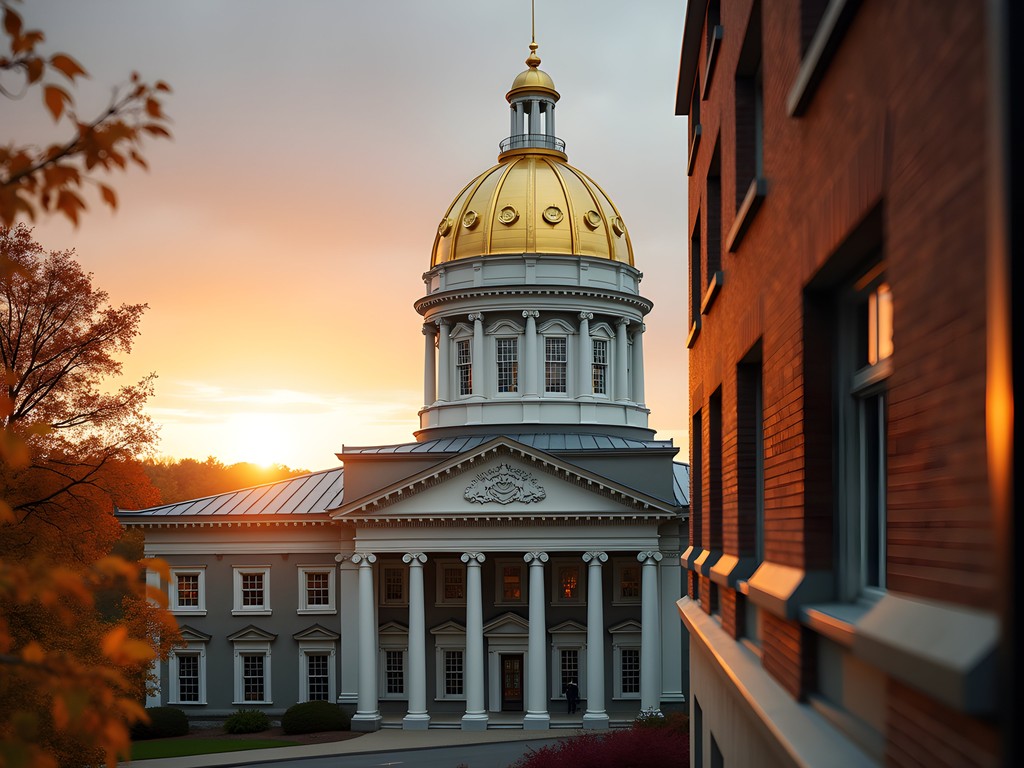
💡 Pro Tips
- Visit on Tuesday-Friday when the legislature isn't in session for the most comprehensive tour access
- Ask specifically about the building's heating system—it's a fascinating blend of historical and modern engineering
- The dome is best photographed in morning light when the gold catches the eastern sun
The Secret Underground Tunnel Network
If Montpelier were a machine, its underground tunnel system would be the hidden gears that once kept everything running smoothly. Few tourists—and surprisingly few locals—know about the network of tunnels that connect several downtown buildings. Originally built to transport coal for heating systems and later used to run utility lines, these tunnels tell the story of how the city evolved technologically.
Access is limited, but during my visit, I was fortunate to join a special historical society tour that descends beneath the Vermont History Museum. The main tunnel, approximately six feet high with arched brick construction, extends nearly 800 feet and demonstrates remarkable structural integrity despite being over 100 years old. The engineering principles at work—including the precise arch calculations that distribute weight—are the same ones I apply in modern stadium design.
The tour is rarely advertised, so you'll need to contact the Vermont Historical Society directly and ask about their occasional 'Underground Montpelier' tours. If you're lucky enough to secure a spot, wear sturdy shoes and bring a headlamp for better visibility than the basic flashlights they provide. The temperature drops significantly underground, so I was glad I packed my merino wool base layer even though the autumn day above ground was mild.
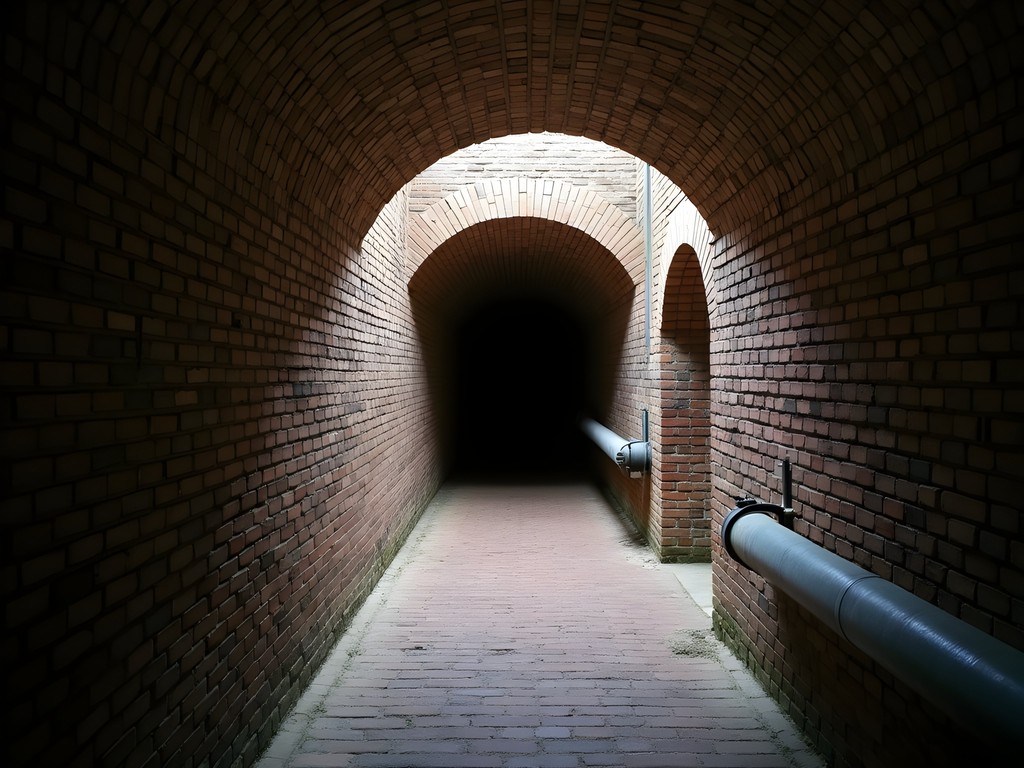
💡 Pro Tips
- Call the Vermont Historical Society at least two weeks in advance to inquire about underground tours
- Wear clothes you don't mind getting dusty—the tunnels aren't regularly cleaned for visitors
- Ask specifically about the coal delivery system—the mechanical ingenuity is fascinating
The Lost Waterways of Montpelier
Every engineer knows that water management shapes cities as much as any architectural plan. Montpelier's relationship with water is particularly fascinating—and largely invisible to casual visitors. The city has experienced 50+ significant floods since its founding, culminating in the catastrophic 1927 flood that submerged downtown under 12 feet of water.
What many visitors don't realize is that several small tributaries that once flowed openly through downtown were gradually culverted and built over as the city expanded. Using a waterproof field notebook, I mapped out the original waterways by identifying subtle grade changes in streets and following the sound of running water beneath certain downtown drain grates.
The North Branch Footpath offers the best way to understand this hidden hydrology. Starting at the North Branch Nature Center, this riverside trail follows the Winooski River tributary and reveals how the city's development has been shaped by water management decisions. Along the way, several unmarked stone foundations tell the story of early mills that harnessed water power.
The most interesting spot is behind the buildings on Langdon Street, where you can still see the remains of an old millrace that once powered several factories. I spent an hour here analyzing the flow patterns and calculating the potential energy that would have been available to 19th-century machinery. It's a textbook example of how early Americans engineered solutions using natural resources.
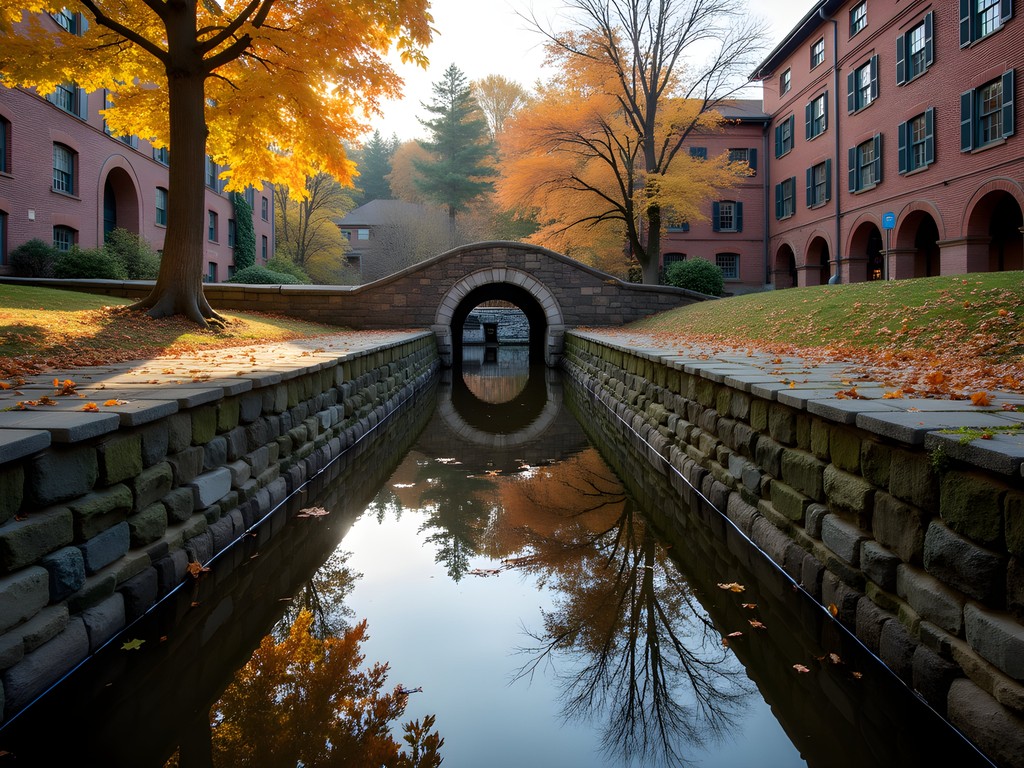
💡 Pro Tips
- Visit after a heavy rain when the usually quiet waterways become more audible beneath the city
- Download the North Branch River Trail map from the Nature Center's website before visiting
- Look for the subtle change in brick pattern on the back of buildings along State Street—these mark the original waterline from the 1927 flood
The Architectural Timeline of Elm Street
Most visitors to Montpelier stick to State Street, but I've found that Elm Street offers what engineers might call a 'cross-sectional sample' of Vermont architectural evolution. Walking its length is like moving through time, with buildings representing every major architectural period from the 1830s to the present day.
I approached this street like I would a stadium design project—by creating a systematic analysis of each structure. The most fascinating aspect is how building techniques evolved to handle Vermont's harsh climate. The earliest homes feature massive central chimneys that efficiently distributed heat, while later Victorian structures incorporated double-wall construction for insulation.
The standout is the 1850s Italianate at number 51, which features an ingenious passive cooling system. Its cupola isn't just decorative—it creates a thermosiphon effect that draws hot air upward during summer months. I measured the temperature differential between floors and was impressed by this pre-industrial climate control solution.
For architecture enthusiasts, I recommend picking up the architectural field guide before your visit. It helped me identify subtle details that reveal each building's history. During my exploration, I used my laser distance measure to calculate proportions and verify period-appropriate dimensions—drawing some curious looks from locals, but yielding fascinating insights about how building standards have evolved over two centuries.

💡 Pro Tips
- Start your walk at dawn when oblique light highlights architectural details that are invisible midday
- Look specifically at how rooflines evolved to handle snow load—earlier steep pitches gradually gave way to more complex designs
- The Montpelier Heritage Group offers a downloadable PDF guide to historic homes that includes Elm Street
The Forgotten Cemetery Engineering
Green Mount Cemetery isn't just a burial ground—it's a masterclass in 19th-century terrain engineering that most visitors completely overlook. Established in 1854, it follows the 'rural cemetery movement' design principles that transformed burial grounds from crowded churchyards to park-like settings.
What fascinates me as an engineer is how the cemetery's designers worked with Montpelier's challenging topography rather than against it. The cemetery is built on a steep hillside that would normally be unsuitable for burials, but the designers created an ingenious system of terraced levels connected by curved roadways that maintain a consistent 5-7% grade—perfect for horse-drawn hearses of the era.
The drainage system is particularly impressive. Hidden culverts and carefully placed berms direct water away from burial sites, preventing the erosion issues that plague many historic cemeteries. I spent an afternoon tracing these water management features with my topographic map tool and was impressed by how effectively they still function after 160+ years.
The cemetery's most overlooked feature is its experimental use of different stone types as an unintentional materials science experiment. By examining headstones from the same time periods made of different materials, you can observe how marble, granite, and slate have weathered Vermont's harsh freeze-thaw cycles. The oldest marble stones show significant degradation while contemporary granite remains nearly pristine—a lesson in material selection that applies to modern construction.
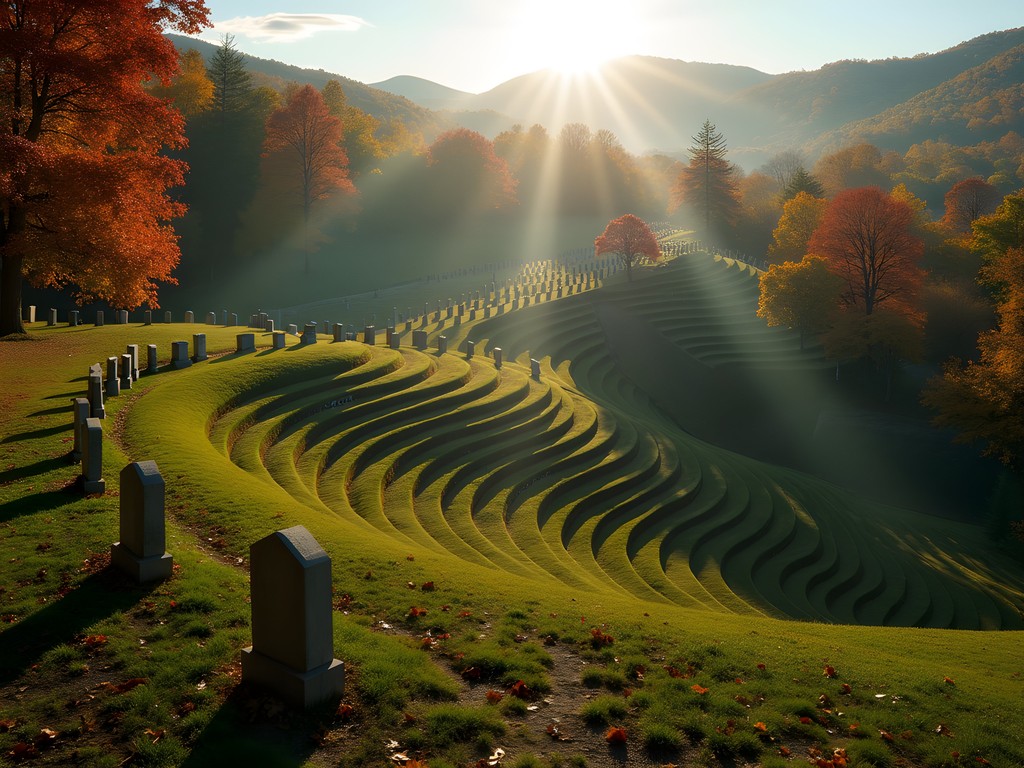
💡 Pro Tips
- Visit in morning or evening when low-angle light makes the subtle terrain engineering more visible
- Follow the water during or after rainfall to observe the ingenious drainage system in action
- Look for the experimental concrete markers from the 1880s—early examples of reinforced concrete technology
Final Thoughts
Montpelier reminds me of the most elegant engineering solutions I've encountered in my career—those that hide their complexity beneath a simple, beautiful exterior. Like a perfectly designed stadium where spectators never notice the intricate systems enabling their experience, this capital city conceals its historical depth beneath a charming New England facade. The ten sites I've shared represent just a fraction of what awaits curious travelers willing to look beyond the obvious. As an engineer who spends his days analyzing how things work, I found Montpelier's hidden historical systems—from water management to architectural adaptations—as fascinating as any modern design challenge. Whether you're traveling as a couple seeking a romantic autumn getaway or history enthusiasts wanting to understand how American towns evolved, Montpelier rewards those who approach it with curiosity and attention to detail. Next time you visit Vermont, set aside your typical tourist checklist and instead approach this small capital as a complex machine waiting to be reverse-engineered. You'll leave with a deeper appreciation for how history, geography, and human ingenuity have shaped one of America's most overlooked small cities.
✨ Key Takeaways
- Montpelier's small size conceals remarkable historical depth that rewards systematic exploration
- The city's engineering and architectural solutions reveal ingenious adaptations to Vermont's challenging geography and climate
- Many of Montpelier's most fascinating historical features are hidden in plain sight or accessible only through special arrangements
- Fall is the ideal time to visit when foliage enhances the historical experience and temperatures are perfect for walking tours
- Approaching historical sites with an analytical mindset reveals stories and connections that typical tourists miss entirely
📋 Practical Information
Best Time to Visit
September-October for fall foliage and comfortable exploration temperatures
Budget Estimate
$200-300 for a weekend (accommodations, meals, and activities)
Recommended Duration
2-3 days to properly explore the hidden historical sites
Difficulty Level
Easy (Mostly Flat Walking With Some Gentle Hills)

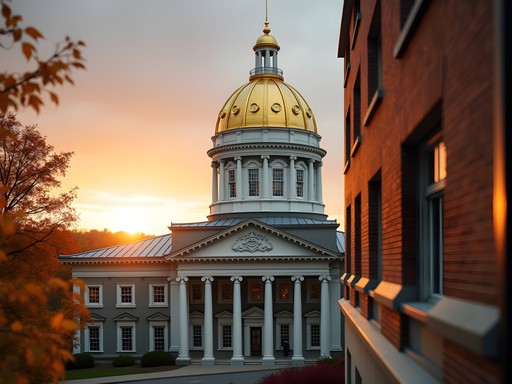
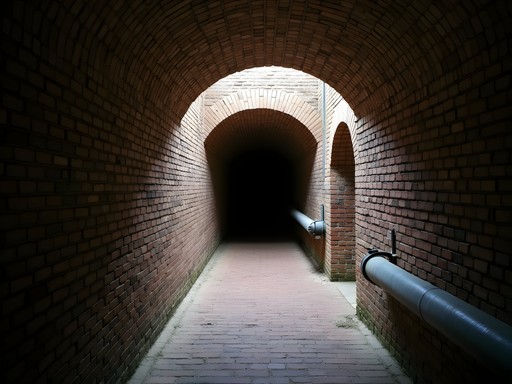
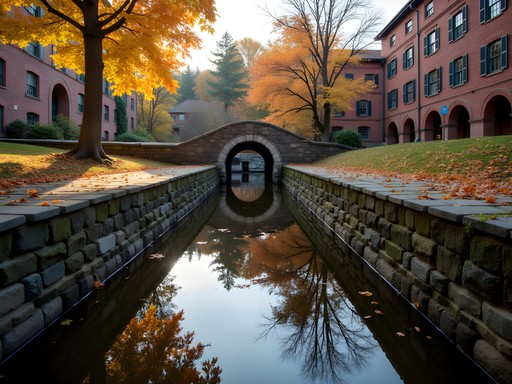
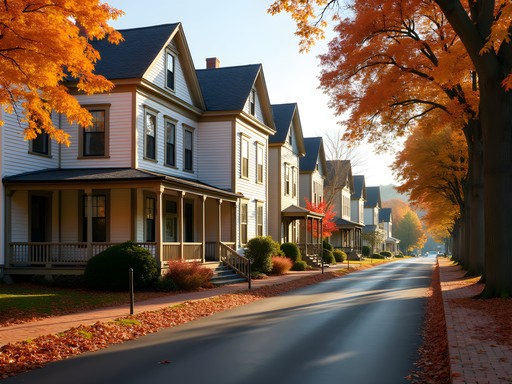
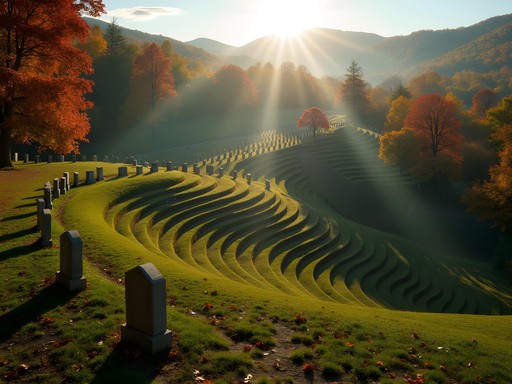


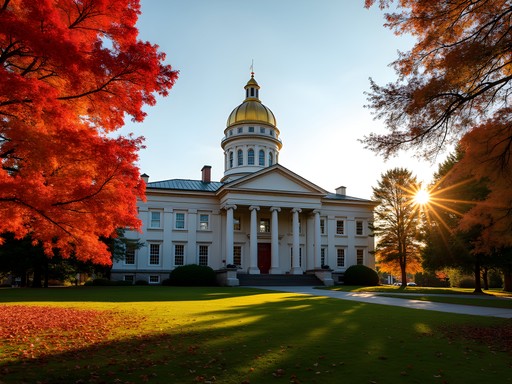
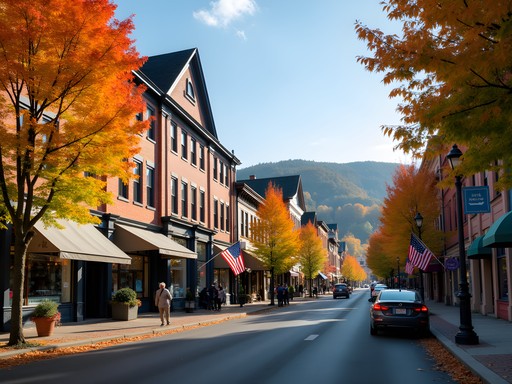
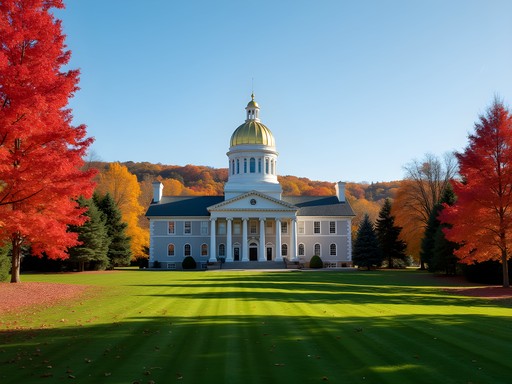
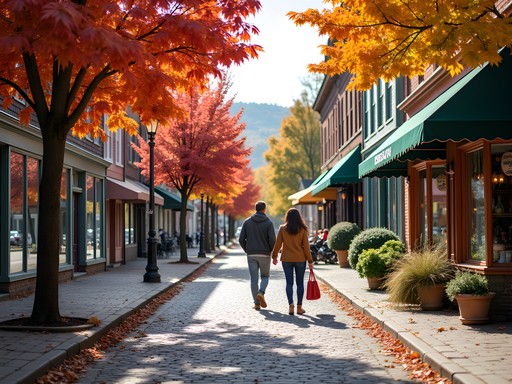




Comments
Hunter Thompson
Alex, your engineer's perspective on Montpelier is brilliant! I backpacked through Vermont last month and used your guide to explore the capital. The secret tunnel network was the highlight - so mysterious! Pro tip for anyone visiting: grab a copy of Vermont's Hidden History from the bookshop near the Capitol. It has detailed maps of the old waterways and some epic stories about the tunnels that complement this post perfectly. Also, the Elm Street architectural walking tour is even better at sunset when the light hits those historic facades just right!
coolmate
Heading to Montpelier in October - is the walking tour of Elm Street self-guided or do I need to book something?
Claire Hawkins
When we went with our kids last month, we used the self-guided tour from the visitor center. They have these great little booklets with all the architectural details marked. My 8-year-old loved playing 'design detective' spotting the different styles Alex mentioned in the post!
coolmate
Perfect, thanks Claire! My daughter is 9 so she might enjoy that too.
globemood
Great photos of the State House! The lighting is perfect.
wanderhero
Just got back from Montpelier last week and wish I'd seen this post before going! The State House tour was incredible though - that golden dome is even more impressive in person. I did stumble upon that tiny historical marker about the original waterways that you mentioned, but had no context for what I was looking at. One thing I'd add - there's an amazing little cafe right across from the Elm Street historical buildings called Capital Grounds that has the best maple lattes. Perfect spot to rest while appreciating the architectural timeline you described!
globemood
Those maple lattes are legendary! I had three in one day when I visited.
happynomad
The Lost Waterways section blew my mind! Never knew about that history.
waveguide4487
As someone who studied civil engineering, I LOVED the section about the underground tunnel network! I visited Montpelier last fall and had no idea those existed. The tour guide mentioned something about them but didn't go into nearly as much detail as you did. The way you connected the tunnels to the city's development through different eras was fascinating. Did you actually get to go inside any of them? I'm planning another trip next spring specifically to check out some of these hidden gems.
Hunter Thompson
I've been through part of the tunnel network! You need to book the special historical society tour though - they only run it twice a month. Totally worth it!
waveguide4487
Thanks for the tip! Definitely going to look into booking that for my spring trip.
Douglas Bradley
Alex's analysis of the State House's structural elements reminds me of my own visit last year. What's particularly fascinating is how the building has been adapted over time while maintaining its historical integrity. For those planning a visit, I'd recommend arriving early on Tuesdays or Thursdays when they offer the extended tour that includes access to the dome's interior support structure - a real treat for engineering enthusiasts. The curator mentioned they're opening a new exhibit on the building's 19th-century heating system next month, which connects directly to the tunnel network mentioned in the post. Montpelier exemplifies how smaller capitals often preserve their architectural heritage better than larger cities.
exploreninja
Douglas, do you know if photography is allowed inside the dome area? I'm heading back there in spring and would love to document some of those engineering details.
Douglas Bradley
Yes, they do allow photography without flash. The lighting can be challenging though, so bring something that handles low light well!
beachlegend
My husband and I spent a weekend in Montpelier last fall and stumbled upon that architectural walking tour of Elm Street mentioned in the post. It was incredible seeing the evolution of building styles all on one street! We used the self-guided tour map which had even more details than the free brochure. The lost waterways section of this blog really connected some dots for us - we kept noticing those subtle grade changes downtown but didn't understand why until now. Great detective work, Alex!
travelbuddy
Is Montpelier good for someone who's not big on history? Any good restaurants?
beachlegend
Definitely! The food scene is surprisingly good for such a small city. Try Honey Road for dinner - farm-to-table Mediterranean that blew us away. And the hiking around there is gorgeous too!
travelbuddy
Great post! Never thought about visiting Montpelier before but now I'm intrigued!
exploreninja
Just got back from Montpelier last week and totally missed these hidden gems! The underground tunnels sound fascinating - are they actually accessible to the public? I did manage to visit the State House and was blown away by the craftsmanship, especially that gold dome. Alex, your engineering perspective really adds a unique angle to travel writing. I'd love to know more about how those original builders managed such precision without modern tools!
Douglas Bradley
The tunnel network isn't fully open to the public, but they do offer special tours twice a month through the historical society. I took one last summer - they only show a small section, but the guide shared fascinating stories about their use during Prohibition. Worth planning ahead if you want to see them!
exploreninja
Oh wow, thanks for the tip! Definitely putting that on my list for next time.
Venture X
Premium card with 2X miles, $300 travel credit, Priority Pass